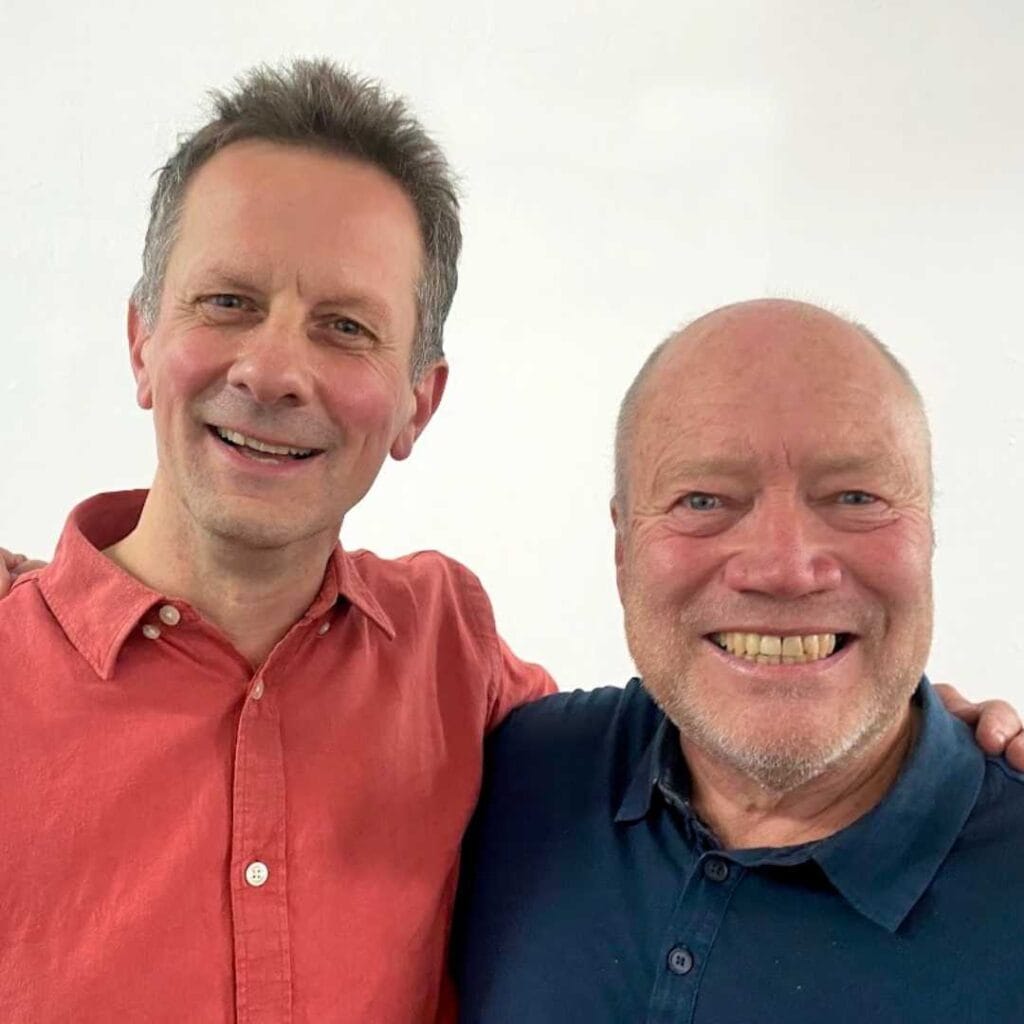The Kanzoo is designed, made and assembled by musician and ukulele maker, Will Grove-White (that’s me), and engineer and designer Alan Ryder.
I’ve always loved the egalitarian idea of kazoos – if you can hum a tune, you can play it. But I’ve always been slightly disappointed by the reality of the instrument; it often just produces a harsh, raspy tone. I’ve always been on the lookout for a ‘better’ kazoo.
The idea came when I saw someone in a band playing what appeared to be a kazoo in a tin can. Amid the noise of the band it was hard to tell what it sounded like, but I assumed it would be different from a normal kazoo, perhaps like an old gramophone record? I went straight to my kitchen, ate a tin of beans, and grabbed a kazoo.
After drilling and scraping a hole in the bottom of a tin can (not something I’d advise trying without proper tools), I wedged the kazoo inside and began playing. It worked, producing a distinctly unusual kazoo tone. So far, so good. But the lightbulb moment came when I blocked the open end of the can with my hand and opened and closed it while I played. It sounded amazing – like a weirdly distorted trumpet played with a wah-wah mute. And the best thing was that you could add feeling to the sound of kazoo with this method.

I used my kazoo-in-a-can in my music production, and occasionally at parties (where it would always go down a storm), but more recently I’ve been performing solo at festivals where I play the opening to ‘Minnie the Moocher’ on it. After every show, surprising numbers of people ask me how to make their own. I always happily explain how they can do it, but most are put off by the prospect of using drills, files, and working with sharp edges. So I began wondering how I could build a more elegant version of my kazoo-in-a-can, but never had time to work out how.
But I needn’t have worried. At the Shrewsbury Ukulele Festival, I was to meet my Kanzoo partner in crime, the brilliant engineer and designer, Alan Ryder. He took one look at my ham-fisted effort and, when he got back to his Lancashire workshop, began creating a variety of prototype kazoos that could be safely installed in tin cans. We have become something like the Wallace and Gromit of the kazoo world.
Over many months we worked on different designs together (and ate too many tins of beans and soup to mention) and finally came up with an instrument we were ready to share with the world – meet the Kanzoo!
